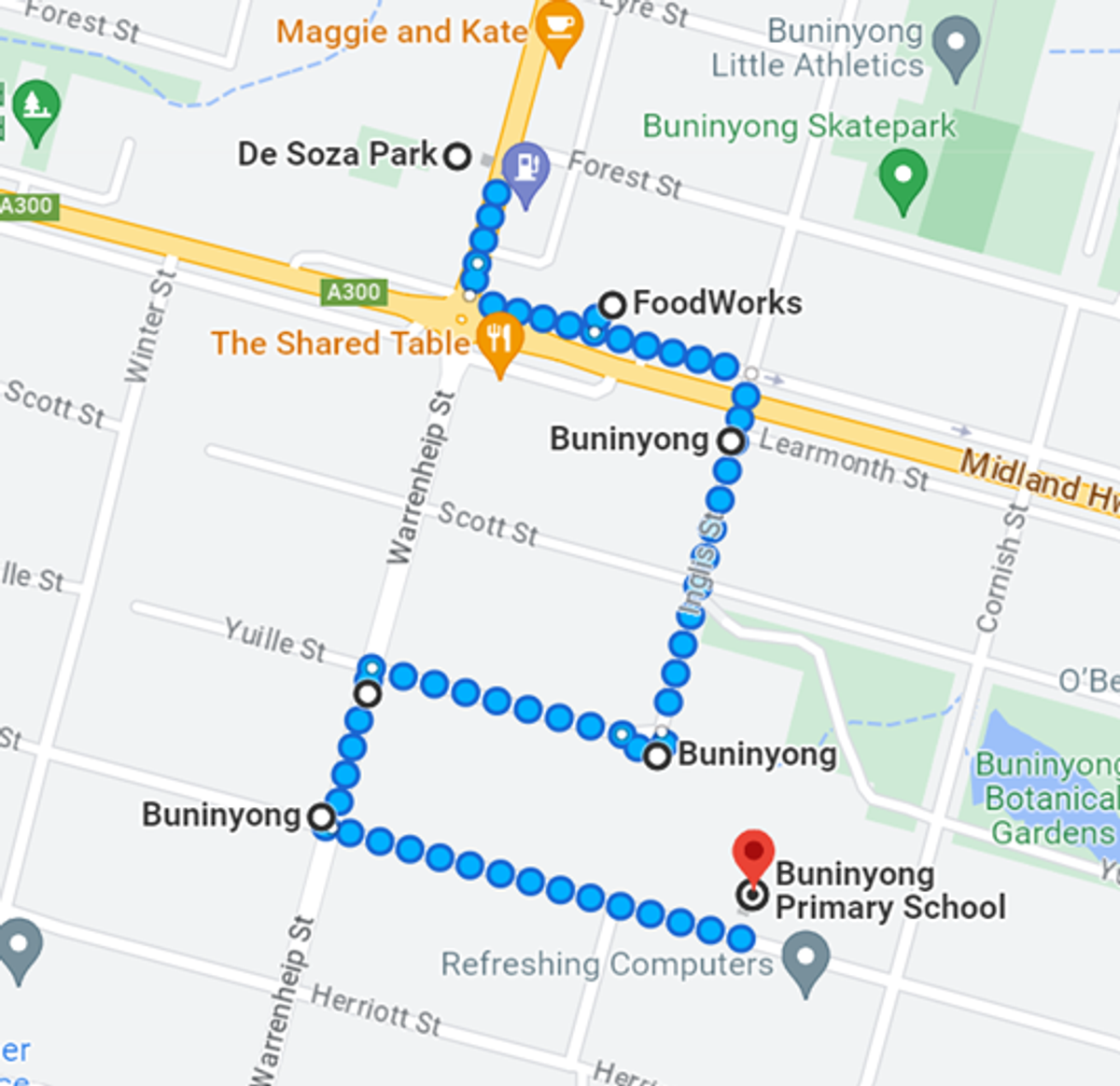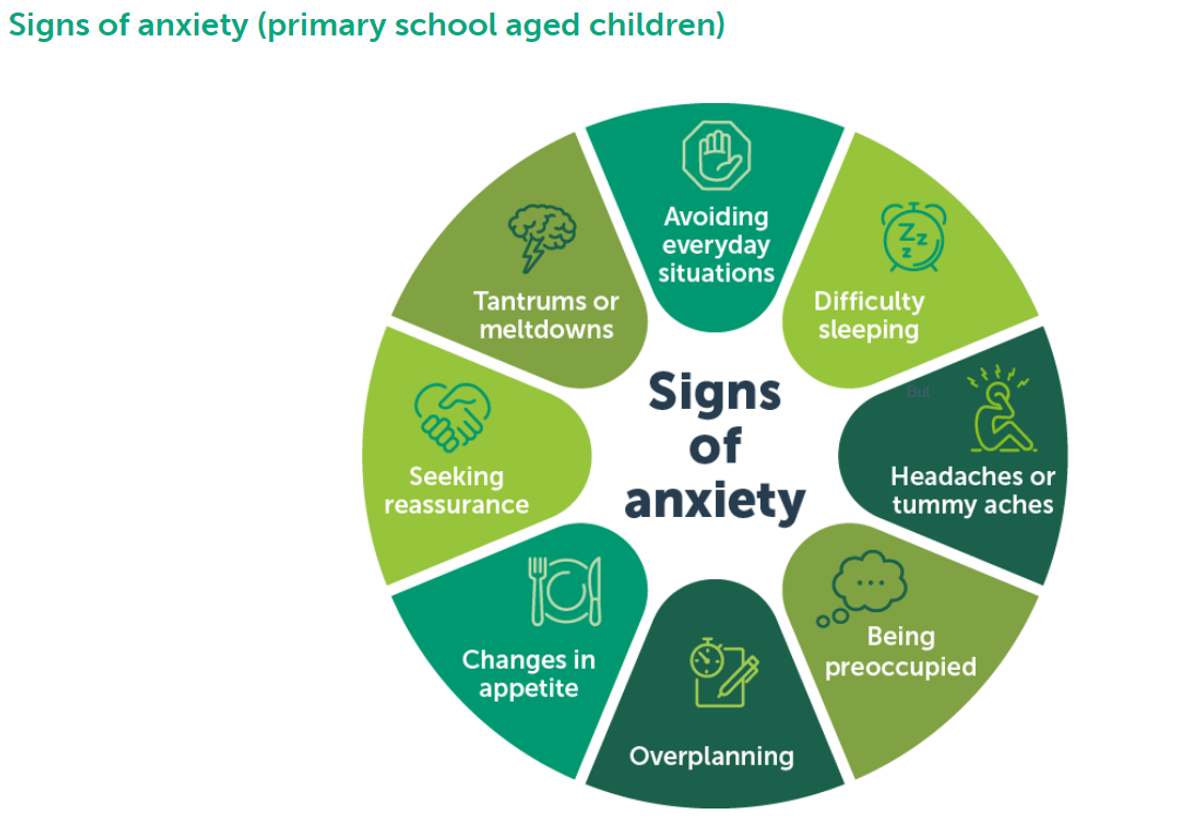Mental Health & Wellbeing

National Walk Safely to School Day Friday 19th May
Now in its 24th year, National Walk Safely to School Day (WSTSD) is an annual event when all Primary School children will be encouraged to walk and commute safely to school. It is a Community Event seeking to promote Road Safety, Health, Public Transport and the Environment.
We are encouraging all parents and students to participate in National Walk Safely to School Day at Buninyong Primary School and join us for a morning walk on Friday, 19th May at 8:30am. We will be departing from De Soza Park at 8:30am, it would be wonderful to see as many people as possible for this great event!
The objectives of WSTSD are:
- To encourage parents and carers to walk to school with primary school age children and reinforce safe pedestrian behaviour.
- To promote the health benefits of walking and help create regular walking habits at an early age.
- To ensure that children up to 10 years old hold an adult's hand when crossing the road.
- To help children develop the vital road-crossing skills they will need as they become mature pedestrians.
- To reduce the car dependency habits that are being created at an early age and which will be difficult to change as children become adults.
- To promote the use of Public Transport.
- To reduce the level of air pollution created by motor vehicles.
- To reduce the level of traffic congestion.
School Wide Positive Behaviour focus
SWPB Focus - We use appropriate words and actions.
This week we are focusing on using appropriate words and actions. It would be great if you could please have a conversation with your child about what appropriate words and actions we use at school.
Anxiety - primary school aged children
Feeling worried or anxious sometimes is normal. But some children have excessive or repeated fears, worries and anxious feelings that can last for weeks or more. These strong feelings can interfere with typical daily activities, such as going to school or seeing friends, which children may try to avoid. When children’s anxiety is severe or long-lasting it may be an anxiety disorder.
For parents, it can be hard to spot the signs of anxiety as it can show up in a variety of ways. It can be difficult to know what a ‘normal’ amount of worry is, and when to seek further help. Avoiding a situation that makes your child anxious may seem best, but it can quickly become a pattern that is hard to break.
How to help your child at home
If your child is showing ongoing signs of anxiety, you can support them at home in the following ways:
- Encourage your child to talk about their feelings and let you know when they get overwhelmed. It might help to explain these feelings are common – we all feel worried or scared sometimes.
- If there is a particular situation your child finds challenging, support them to gradually do the thing that makes them anxious. For example, if going to a crowded shopping centre makes them anxious, start with short trips to the local shops, building up to visiting a shopping centre in a quiet period.
- Make a practical plan together for coping with anxious feelings in the future, such as breathing techniques or reassuring phrases to focus on.
- Take time out to have fun together and take the focus off feelings of anxiety.
- Help your child to have healthy routines that include enough good-quality sleep, regular outdoor exercise, eating well and avoiding excessive screen time.
- Prioritise your child attending school. Attending and participating in school will help your child develop important skills and knowledge to help them learn, as well as building their social and emotional skills.
If you are a parent or carer with anxiety, it is important to also care for your own mental health and seek help when you need it.




